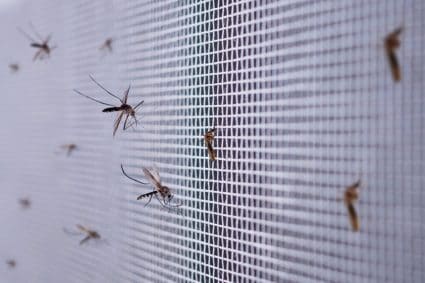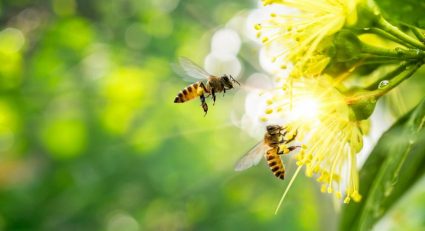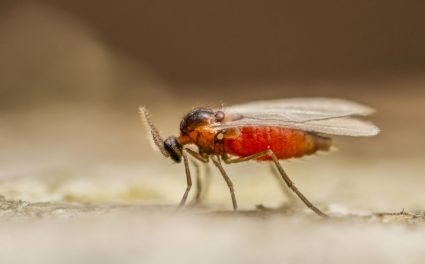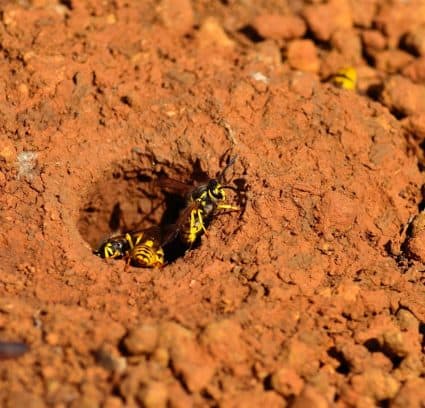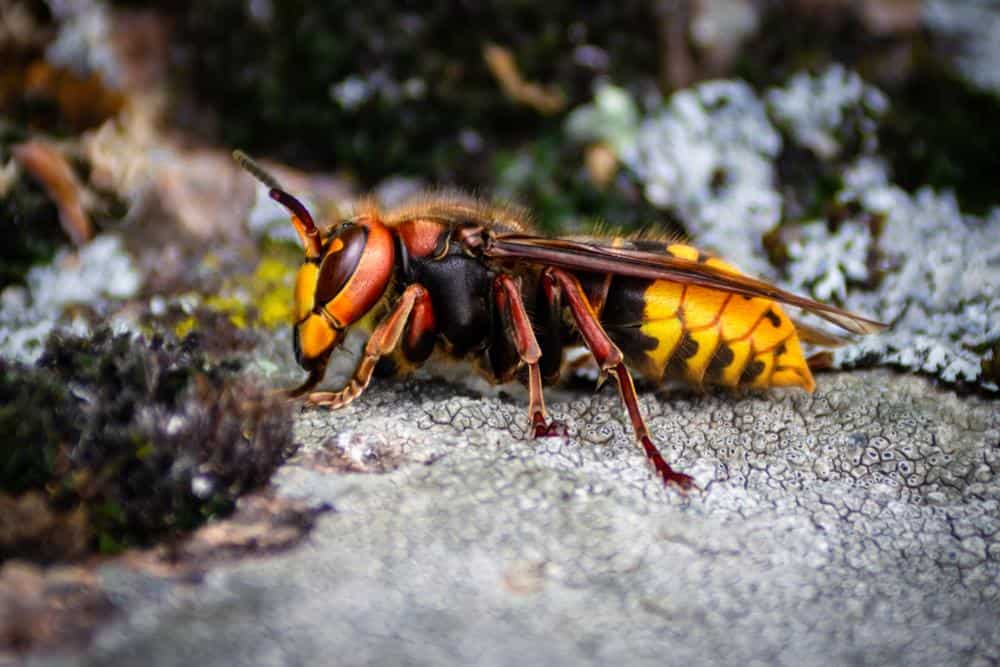
Hornets, while an important part of the ecosystem, can be a dangerous nuisance when they enter homes. These insects are known for their aggressive behavior and painful stings, which can be potentially life-threatening for those who are allergic. Therefore, it’s crucial to know how to safely remove them from your home. In this comprehensive guide, we’ll walk you through the steps of how to get a hornet out of your house, along with preventive measures to keep them away in the future.
If a hornet enters your house, remain calm and avoid sudden movements. Open the nearest window or door to give the hornet an exit path and close off the room to prevent it from moving to other areas. If the hornet doesn’t leave on its own, you can use a vacuum to capture and remove it. If a larger infestation is suspected or a nest is present, it’s best to call in professional pest control services.
Initial Steps Upon Discovering a Hornet
If you discover a hornet in your house, the first step is to stay calm. Avoid sudden movements that may provoke the hornet. Open the nearest window or door to give the hornet an easy way out, and close off the room to prevent it from flying into other areas. If the hornet doesn’t leave on its own, consider using a vacuum to capture and remove it.
Identifying a Hornet Infestation
Determining whether a hornet is a solitary visitor or part of a larger infestation is crucial. Look out for increased hornet activity, the presence of nests (which can be as large as basketballs), consistent buzzing noises, or chewed wood – all of these can indicate a hornet infestation.
Potential Dangers of Having a Hornet in Your House
Having a hornet in your house poses several risks. Hornets can sting multiple times and their stings are extremely painful. Some individuals may experience severe allergic reactions to hornet venom, which can result in anaphylaxis. Hornets can also become aggressive when threatened, potentially leading to an attack.
Safe and Effective Methods to Remove a Hornet
If a hornet has made its way into your home, you can safely remove it by using a synthetic pesticide or insecticide, applying it after sunset when hornets are less active. Maintaining a safe distance from the nest and keeping light sources away from you can also help prevent attracting hornets. Remember, it’s best to call in professionals if you are unsure or allergic to hornet stings.
Preventing Stings
To prevent getting stung, wear protective clothing such as long-sleeved shirts, pants, gloves, and a hat. Use a red light source instead of a bright white light, as wasps are less sensitive to red light. Avoid perfumed soaps, shampoos, and deodorants, as they can attract stinging insects.
Tools for Safe Hornet Removal
To safely remove a hornet, consider using tools such as protective suits, insecticides, long-range spray applicators, and dust sticks. These tools can help protect you and ensure the safe removal of the hornet.
Preventing Future Hornet Intrusions
To prevent hornets from entering your home in the future, seal cracks and gaps, use essential oil mixtures, plant wasp-repellent plants, maintain fixtures and structures, dispose of food waste properly, use fake wasp nests, and install screens on doors and windows.
When to Call a Professional
If you’re unable to remove the hornet nest yourself, call a professional pest control company. They have the necessary experience, equipment, and protective gear to handle the situation safely and effectively.
Risks of DIY Hornet Removal
Attempting to remove a hornet’s nest without professional help can be dangerous due to risks of stings, allergic reactions, difficulty in accessing the nest, and risks to others. Always seek professional assistance when dealing with hornet nest removal.
In conclusion, while hornets can be a nuisance when they enter homes, there are ways to safely remove them and prevent future intrusions. However, it’s essential to remember that professional help is always the best option when dealing with hornets, especially if there is a large infestation or a nest present.
Frequently Asked Questions
What are some wasp-repellent plants I can use to prevent hornets from coming near my home?
There are several plants known to repel wasps and hornets. These include Wormwood, Spearmint, Thyme, and Lemongrass. Planting these around your home can help deter hornets from coming near.
How do I use essential oils to prevent hornets?
Essential oils such as Peppermint, Clove, and Geranium are known to deter hornets. You can create a mixture of these oils with water, and spray it around doors, windows, and other potential entry points. Remember to reapply the mixture regularly for it to remain effective.
What’s a fake wasp nest and how does it prevent hornet intrusions?
A fake wasp nest, also known as a decoy nest, works on the principle that wasps and hornets are territorial and avoid building nests where another one already exists. Hanging a fake nest near your home can therefore deter hornets from coming near.
What should I do if I get stung by a hornet?
If you get stung by a hornet, it’s important to clean the area with soap and water to prevent infection. Apply a cold pack to reduce swelling and take over-the-counter pain relievers if necessary. If you experience symptoms such as difficulty breathing, swelling of the face or throat, or rapid heartbeat, seek immediate medical attention as these could be signs of an allergic reaction.
How do I identify a hornet as compared to other stinging insects?
Hornets are larger than most stinging insects, and can be identified by their size and color. They have a black and white or black and yellow striped body, and are typically around 1 inch in length. If you’re unsure whether the insect in your home is a hornet, it’s best to call a professional to identify and remove it.


